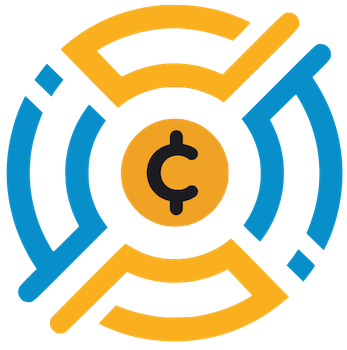In the ever-evolving landscape of gaming, the introduction of Holosim represents a significant pivot towards inclusivity. By launching a free-to-play version of their established SAGE Labs game, Star Atlas aims to draw in gamers who may be hesitant to engage with the more complex Web3 offerings. This is a smart move in an industry where monetization strategies are increasingly scrutinized. Allowing players to immerse themselves in the galaxy’s lore and mechanics without the immediate financial commitment can lower entry barriers and maximize player retention.
Unlike many games that include paywalls, Holosim’s model encourages new users to experience its universe without financial risks. This strategy not only broadens the player base but also boosts the overall community, fostering engagement and excitement around upcoming features. In a world where gaming often feels like a race to unlock the latest paid enhancements, Holosim attempts to subvert these expectations. By prioritizing player experience, Star Atlas makes a strong case for the sustainability of accessible gaming.
The Taste of What’s to Come
Holosim serves as a testing ground, providing glimpses into what the full SAGE Labs experience will entail. With crucial features such as a combat system and the integration of a SAGE AI assistant set to enhance gameplay, players gain a tantalizing preview of the future direction for Star Atlas. Through this strategic rollout, the developers not only gather valuable feedback but also create anticipation for the official launch. This model of phased releases is reminiscent of classic game development, wherein player input significantly shaped the final product.
However, one must wonder if this is a double-edged sword. While enticing players with sneak peeks can build excitement, it also introduces the risk of disappointment if the final product does not meet expectations. The delicate balance between innovation and player satisfaction is a tightrope that all developers must walk. Holosim’s structure could either engage players or frustrate them if features are delayed or if they don’t align with what has been showcased.
Decoding the Economic Landscape
At its core, the Star Atlas ecosystem rests on a community-driven economic model powered by Solana and the $ATLAS token. As of now, with a market cap hovering around $21 million, the ambition behind this architecture is palpable. Players can not only engage with the game but also partake in a digital economy that mimics real-world economic principles. This fusion of traditional gaming with a decentralized economic structure marks a paradigm shift in how video games operate.
Yet, one cannot ignore the implications of attaching a burgeoning economy to a gaming title. There is always the specter of volatility that comes with cryptocurrency, which can ripple through gameplay and player investments. The developers must be vigilant and protective of their infrastructure, for one misstep could significantly affect player trust and investment. Is it responsible to intertwine gaming with an asset that most still do not fully understand? This question looms large and deserves careful consideration.
Community Engagement: The Heartbeat of Holosim
The potential for community interaction within Holosim cannot be overstated. By integrating core gameplay that allows players to choose factions and complete contracts, Star Atlas cultivates a vibrant environment where collaboration and competition flourish. Gamers thrive on community, and by establishing a platform that lets users forge alliances and rivalries, Star Atlas is betting on the emotional investment that can drive ongoing engagement.
However, community building is not without its challenges. Discontent can simmer beneath the surface if not effectively managed. The developers must be proactive in addressing player concerns, especially as new features are rolled out and tested. The energy of this gaming community could serve as a critical asset, or, conversely, as a potential minefield that the creators must navigate with care.
The Ethical Dilemma of Gaming Innovation
The advent of Holosim raises crucial discussions about the ethical dimensions of free-to-play strategies and the underlying gaming economy. While the initiative seems groundbreaking, it also forces a deeper analysis of how we define “free.” As players engage with microtransactions and token economies, one cannot help but question if this model inadvertently exploits gamer psychology. Are players compelled to invest money to compete or enjoy the experience fully?
In a political landscape often debating economic agency and ethical monetization strategies, Holosim’s launch becomes a case study in navigating the murky waters of gaming ethics. Developers must reflect on their obligations to ensure that their gaming ecosystems do not privilege only a certain segment of the player base. This important dialogue is especially pertinent as the legacy of gaming increasingly intertwines with broader societal norms and financial ethics.
While Holosim exemplifies innovation and some exciting prospects for the gaming future, it is not without its multifaceted challenges that invite discussion and scrutiny. The path ahead will be one of careful balancing, both economically and ethically, as developers seek to engage a wider audience while staying true to gaming’s foundational principles.















